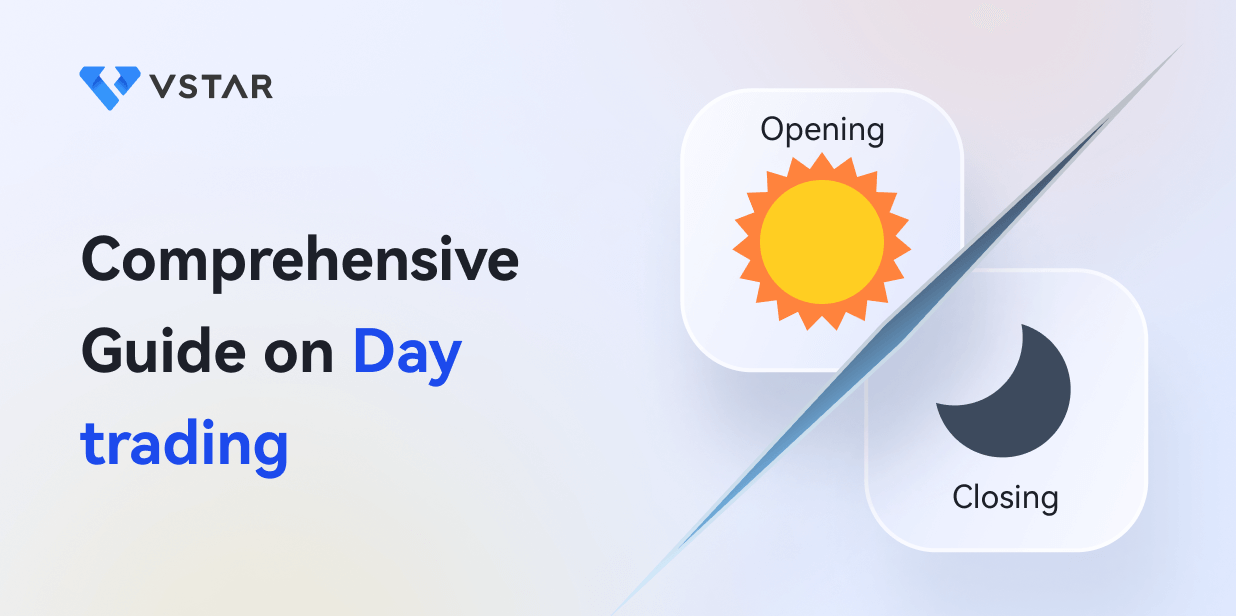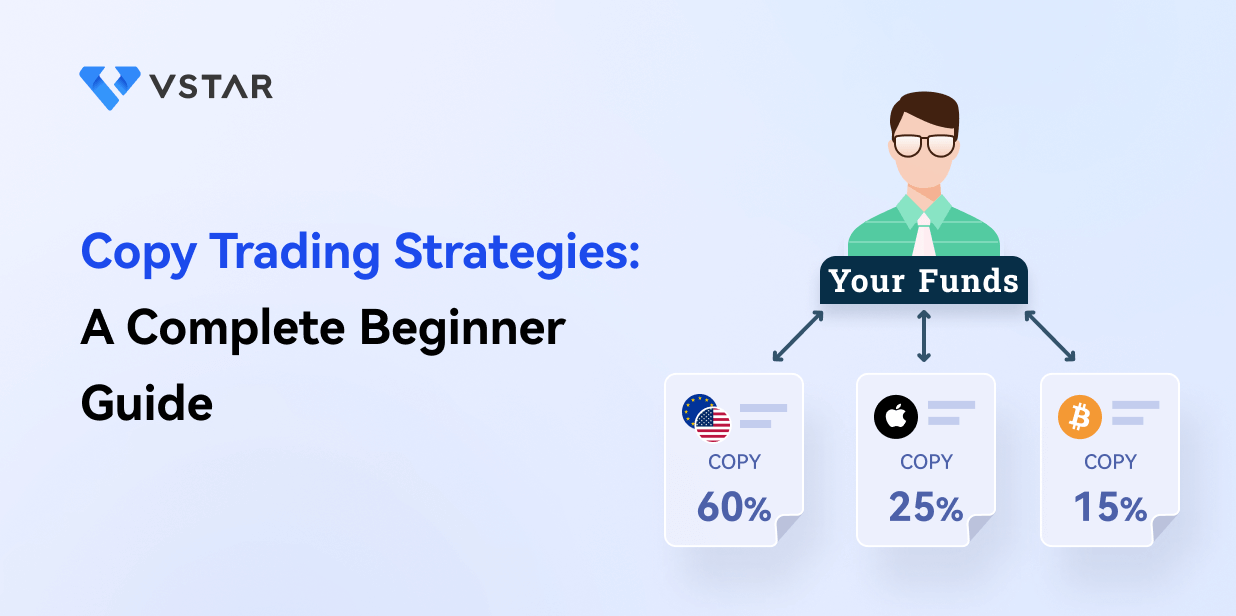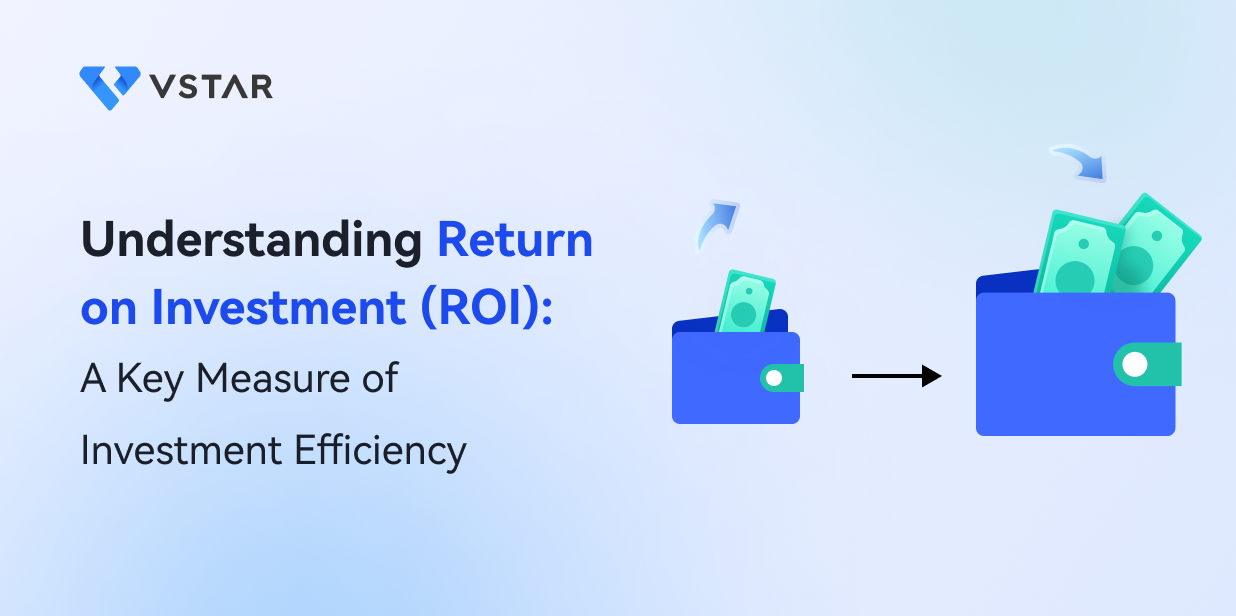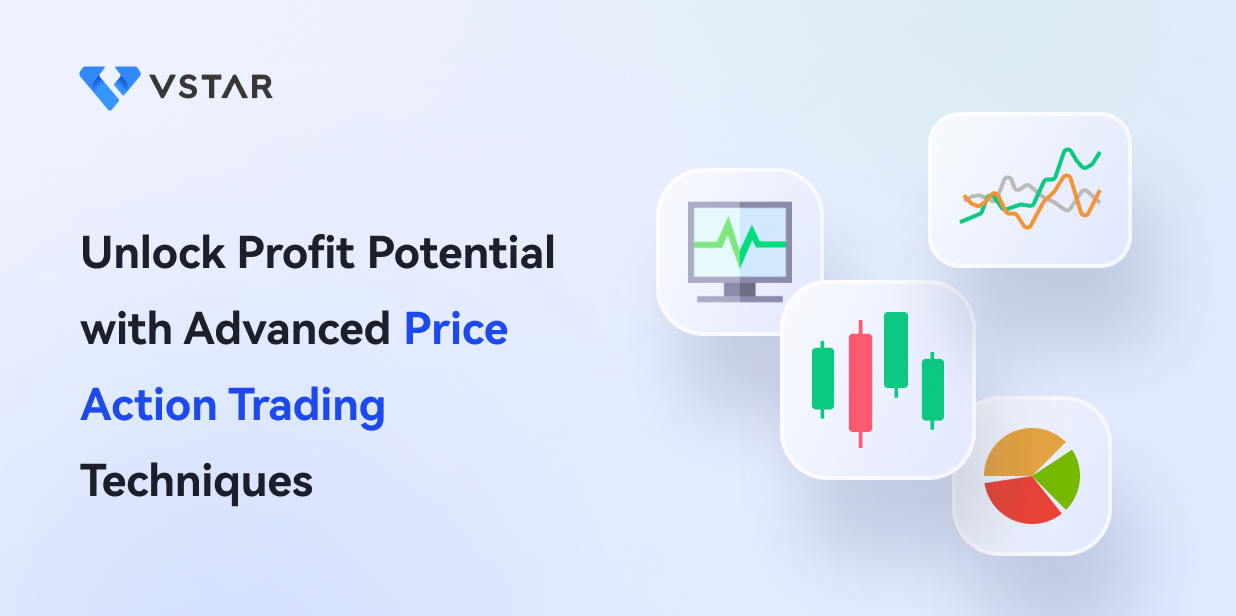New traders must take several actions and decisions to become successful. You may know about enrolling in suitable courses, creating a trading plan, and testing your skills on demo accounts.
Sadly, not everyone pays enough attention to past trade analyses.
It involves reviewing previous trades to understand the following:
● Why you took them
● Their outcomes
● How long they were open
● Why you closed them
● The trading orders used
It is necessary for all types of trading, whether spot, CFD, or futures. Also, you will need it regardless of the market you trade (Forex, stocks, crypto, etc.).
Thus, this article shares why analyzing past trades is essential and how to do it effectively. You will also learn tips on how to get the most from them, regardless of your trading style.
Importance of Analyzing Past Trades
You must evaluate your trading results irrespective of how successful your strategy seems.
It is one of the prime reasons behind many traders' success. They remain dedicated to their past results, spending enough time and resources to improve.
If not, you will miss the following benefits:
Lessons From Your Mistakes and Successes
The main reason for analyzing past trades is to learn from your trading strengths and weaknesses.
Do you hold too long on a trade? Which trading order should you have used? What could have been the best risk management move?
You can easily make errors during live trades because money is on the line. However, analyzing them when you are more relaxed will allow you to learn from such mistakes and avoid them later.
As you seek errors, search for occasions when you made the right decisions. You may have held a trade long enough or used the correct market orders to secure profits.
They will help you improve by looking at them objectively.
Develop Consistent Trading Patterns
As a trader, you must have an identity. The style should be unique to you and be capable of meeting your trading goals.
Hence, consistently analyzing past trades will help.
Find repeating events in your successful trades and use them more often in the future.
For example, assume your strategy demands you wait for a heads and shoulders pattern to form on the charts. You may have been more successful in one week when you used it with a Moving Average.
By analyzing and understanding this, you can decide to be more consistent with using the indicator.
There is no guarantee that it will provide the best results immediately. Regardless, it keeps you focused and committed to a trading style.
You may not realize this if you didn't revise your previous trades.
Gain Valuable Experience
Building a solid trading experience requires sincere dedication. You must spend enough time with the charts, analyzing price action and market news.
Looking at past market movements (when you didn't trade) or backtesting your strategy on a demo account is recommended. However, you build the best experience by looking at past live trades.
There were real funds gained or lost on such occasions. Hence, they will naturally demand the most attention.
Besides, your emotions may have affected your live trading decisions, unlike in a demo account where the broker fakes everything.
Under live conditions, there may also be no room for second thoughts. Hence, the consequences may be terrible if you make errors like failing to check the economic calendar or becoming slightly overconfident.
Build Confidence
The psychological aspect of trading also plays a huge role. You must trust your trading plan enough to obey it without any emotions.
Therefore, analyzing previous trades helps you develop such confidence.
When you see the excellent trading decisions you've made, it builds belief in your abilities. You'll know that you can be successful by repeating your actions.
For example, you may expect a rising interest rate during inflation. As a stock CFD trader, it means bearish conditions may be approaching. Hence, you may focus on going short.
If such decisions produce successful trades, you may be too excited to realize your abilities immediately. However, returning during your analysis will reveal them.
In any case, try to be as open-minded as possible. You can quickly become overconfident if you don't take care, which usually has unfavorable outcomes.
Types of Trades You Must Analyze
Analyzing past trades can take a few hours to days, but always remember its benefits.
It will constantly improve your trading abilities, leading to more profits. Subsequently, you will achieve your goals even quicker than expected.
Hence, the following are the types of trades you must analyze:
Winning Trades
It's always exciting to win new trades. Your broker or exchange credits your account and become closer to your trading objectives.
However, it is more important to understand why they worked out.
Try to provide an explanation to yourself and compare it with other examples.
In many cases, some winning trades were simply luck. There was no solid strategy or mindset responsible. Hence, you can't repeat them confidently.
Conversely, if you understand why the price went in your favor at that time, you'll feel confident it can happen again.
Besides, you were not supposed to trade against your trading plan initially. It would have already had all the entry, exit, and risk management strategies that made you record such profits.
However, that may only happen sometimes, especially with live trades.
Losing Trades
Like winning trades, looking at losing ones is an advantage for the future. Ask yourself several questions like the following when analyzing them:
● Why did these trades lose money?
● What mistakes did you make?
● Did you miss any signals?
For example, imagine you lost two consecutive day trades at the end of the week. Analyzing them may give you the real reason.
It may have been an NFP release day. You may have gone against your strategy. The higher timeframe may have been correcting a trend.
Reassessing it objectively during your spare time can help you avoid similar losses in the future.
Remember, even the most profitable trading strategy never guarantees constant profits. Thus, there are times when there's no real reason behind a loss.
Avoid forcing an explanation where there isn't any, especially when the lost amount isn't significant.
Missed Opportunities
There are also times during trading when you would have won big but didn't make the right decision, like:
● Leaving a trade too early
● Failing to take an opportunity
● Using an entry signal too late
They may eventually be winning or losing trades but look for such occasions to study.
Sometimes, emotions may be the cause.
Maybe you feared the price moving against you or were overconfident that the trade would retrace or reverse. It may have been an impulsive decision that you regretted shortly after.
However, their analysis can help prevent them from happening again.
Be open to adjusting your strategy, especially when you've experienced it more than once.
Big Losing Days
If you're not careful, there are some days when you will have a long series of drawdowns and losing trades.
Usually, when they are up to three consecutively, treat that trading day as a whole and analyze it.
You may have missed out on fundamentals, like reviewing economic calendars or failing to give enough attention to higher time frame charts.
Some traders also have poor risk management skills.
Furthermore, overtrading is one common cause of back-to-back losses. After losing one to two trades, sit back and understand if there is any underlying reason.
Whatever the case, create a plan after discovering the reason behind your big losing day to avoid it from happening again.
It will usually be a direct solution, especially when they were more than one trade.
Trades Outside Your Method
Another set of trades to analyze is those that were against your strategy. They may be winning or losing ones but try to find them.
No doubt, looking for winning trades of such nature may be challenging. Every trader wants the credit for success, even when it may have just been luck/coincidence.
However, being honest enough to point out these methods will improve your development.
You may discover new ways to provide more successful results and add them to your trading plan.
On the other hand, you may find reasons to never go against your strategy again.
Understand why you broke from the process and try to avoid it in the future.
It can be challenging to build discipline, but it's essential for long-term success.
Elements to Analyze in Past Trades
In the market, every successful trade consists of several elements. Hence, it's essential to consider them all during your analysis.
You will learn new insights into improving them, making you more accurate and profitable in the long run.
Below are examples of such factors to analyze:
Entry and Exit Points
There must be an entry technique in every trading plan. It could be when the price breaks out from a significant price level or when a pattern completes formation.
Thus, analyzing past trades will reveal if you follow yours correctly.
Sometimes, you may enter trades too early or too late. Other times, you may set the wrong entry orders.
In the same way, analyze your exit strategy for every trade.
Did you follow your rules correctly? Were you too early or too late when exiting them?
Doing this will highlight what and how you need to improve.
Some traders may need to be more patient with their entries and exits because the price must meet all your conditions first.
However, others may discover they could do better with their trading order choices.
For example, you don't need to use market orders to enter trades every time. Limit and stop orders have different functions and advantages.
Hence, analyzing past trades will reveal what could've been the best option.
Position Sizing
You are required to set your position sizing before taking any market trade. Usually, brokers express it in "lots."
Since brokerages allow leverage for retail trading, it multiplies your potential profits and losses. Therefore, setting the wrong position size can have severe consequences.
By analyzing past trades, you will understand when you risked too much or too little capital.
Remember, your optimal position size depends on your account size and risk tolerance. You can calculate it by dividing your account risk by the trade size.
However, there are free online calculators you can also use nowadays.
Failing to realize when you used the wrong position size can lead to massive losses and ultimately blown trading accounts. Therefore, spend enough time looking at past trades to know if you manage them correctly.
Stop Loss Placement
Another essential risk management strategy is your stop loss. All your trades must have one at the correct level.
It should depend on your risk tolerance, which varies by trader.
Thus, analyzing past trades will help you realize whether you're getting it correctly or not.
Here are some of the aspects of your stop loss to consider:
● Original placement at the right level (too tight or too wide)
● Correct adjustments as the price moves in your predicted direction
● Usage of the appropriate trading order (stop loss or trailing stop)
Risk management is the pillar of successful trading. Hence, you will become more profitable if you evaluate past trades and discover ways to improve them.
Emotional States
Emotions can play a huge role in your trades' outcomes. It could be fear, greed, overconfidence, revenge, etc.
Analyzing past trades will make you realize such feelings that affect you. However, you may keep struggling with them and the consequences, if never discovered.
After understanding some of your emotional struggles, here are some ways to overcome them:
● Take a break from the charts
● Seek support from a mentor or other experienced traders
● Trade on a demo account
● Reassess your trading plan to ensure every rule is precise
It won't be a one-day solution, but over time, you can build discipline and learn to trade without your feelings getting in the way.
Signals That Triggered the Trade
Another vital aspect to analyze in your past trades is the occasions that led to them.
Is there one that gave you the most winning trades? Which signals failed you the most? Do you need to remove any of them from your strategy?
Discovering repeated signals, events, or setups responsible for most winning trades will influence your future expectations.
You'd likely consider them for your primary plan because they provide greater precision.
It is essential for a beginner because you are still more open-minded, trying to discover what works best. Later, you will trust your signals and strategies more and only seek to improve them only slightly.
Leverage Used
As discussed, leverage can amplify your profits significantly, but it can also multiply your losses. You need to use the correct amount based on your risk tolerance.
Thus, look at your previous trades to understand if you used the wrong leverage.
Your broker and trading platform should have all the details about them.
Earlier, you must have defined your maximum margin in your trading plan.
It shouldn't be the highest amount your broker offers you. Instead, it should depend on the maximum amount you are comfortable losing when the trades don't go in your favor.
Remember, you'll also want to maximize your gains based on other risk management strategies.
Therefore, using the correct leverage is a critical step.
Trading Tools
The trading tools used for past trades are another aspect you must analyze.
Technicals usually employ the charting instruments the trading platform provides. They include trend lines, indicators, etc.
However, fundamentalists usually use news events, economic calendars, and industry reports to make final decisions.
Sometimes, when live trading, you may use these tools wrongly and never realize it.
For example, fundamental analysts may be inactive and miss breaking news influencing the markets. Similarly, a technical analysis trader may read an indicator's overbought or oversold conditions incorrectly.
However, evaluating the trades when you are relaxed and can pay the most attention will help you.
You will learn the best tools to use over others and the appropriate ways to use them.
How To Analyze and Get the Most From Your Analysis
There are several types of trades and elements to analyze, as discussed. However, it may be difficult for beginners who've never done it before.
In that case, here are some ways to analyze trades and get the most from them:
Keep a Trading Trade Journal
Try to keep a trading journal for constant improvement. It could be a physical book or computer software but ensure you regularly update it.
Every top trader/investor has one because it is the most organized way of recording your past trading activities.
The ideal trade journal will contain several details like the following:
● Date and time of trades
● Type of asset and asset class traded
● Trade duration
● Position sizing
● Reasons for trade entries and exits
● Emotional state while trading
● Risk management strategies per trade, including stop loss and take profit levels
● Screenshots of trades
By extensively reviewing all these in every trade, you'll discover new ways to improve.
It could be a simple decision like sticking to the New York trading session or a complex one like switching indicators.
Consider All the Stats and Metrics
Trading is all about numbers. Every trader always tries to improve the positive figures and reduce the negative ones.
Hence, you must consider several stats and metrics in each trade and the overall account. Some essential ones include:
● Risk-reward ratio: It is a ratio of the amount you're willing to lose to the amount you could gain in a trade.
● Win rate: This is the percentage of your trades that were profitable.
● Average profit and loss: This is the average amount of gains and losses from trades to determine if you are consistently making profits.
● Maximum drawdown: Your max drawdown is the largest percentage decline in your trading account.
● Trading frequency: Trading frequency is the number of trades executed in a period (e.g., hour, day, or week). It can help you determine when you are overtrading or not.
Improving these stats will take your trading to the next level.
Get a Fresh Perspective
After gathering enough details from past trades, you can meet someone else for fresh input. It could be from a mentor or an experienced trader.
Such persons should have a more objective view of your results and can provide new insights. Hence, be open to accepting and implementing their feedback in the best way possible.
However, no one should force you to abandon your trading plan completely. You can find new ways to improve it, but it must remain unique.
Also, be wary of 'miracle methods' when seeking advice from others. No strategy always wins every trade because trading can be complex and demand a deep understanding.
Remain Objective and Honest
It may be challenging to find fault in your decisions and executions. However, you must be comfortable with it while analyzing past trades.
Stay detached and remain truthful about your trading flaws, even when you were luckily profitable.
For example, your trading plan may have demanded you exit a trade during the cross of two Moving Averages. However, you may have waited a bit longer, making more profits.
The fact that you didn't obey your exit signal is wrong. Try not to deny it.
You can observe other trades if you would have been profitable by holding on longer than required. Then, consider adding it to your plan when convinced.
If not, remain obedient to the rules next time.
Review and Revise
Ultimately, non-stop revisions are the best way to improve.
Don't stop assessing your past trades' entries/exits, tools, and risk management techniques whenever you are less busy.
It's okay to re-check the trades of your past trading day or week multiple times. You may discover new insights and details you couldn't see before.
After getting enough information, back- and forward-test your strategy on a demo account while avoiding any mistakes made earlier.
Final Thoughts
Analyzing past trades is one of the most critical actions for success as a beginner. You will learn from your strengths and weaknesses to become better and better.
Besides, it can also build your confidence and help you develop a consistent trading pattern.
The trades may be any of the following:
● Winning trades
● Losing trades
● Trades outside your trading methods
● Big losing days
However, in each of them, understand your entry/exit points, emotional states, and risk management executions.
In the long run, it will improve your trading abilities, and you will reach your goals soon.




